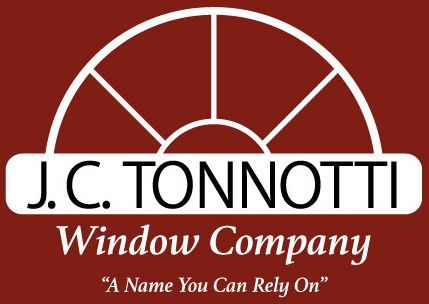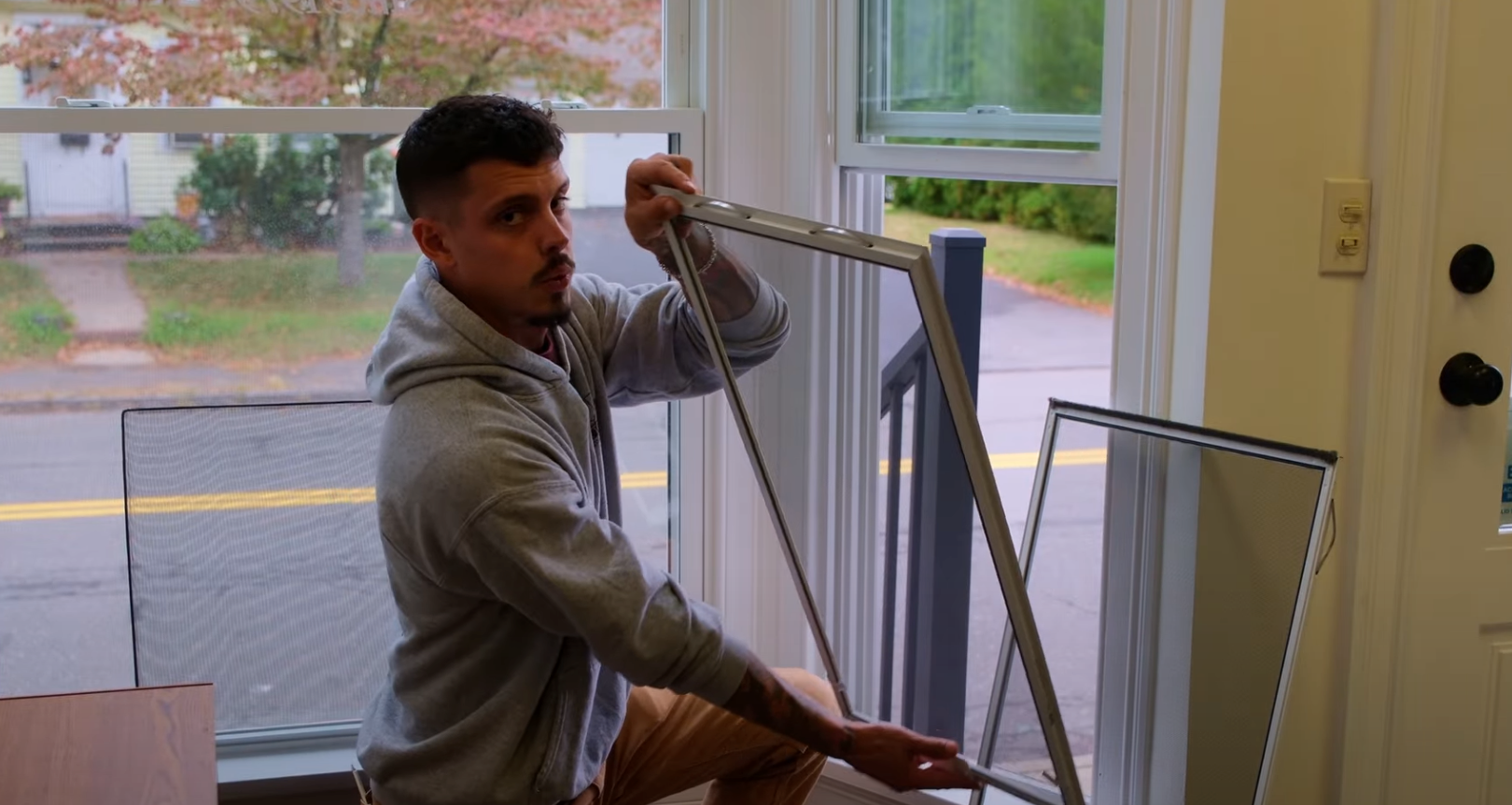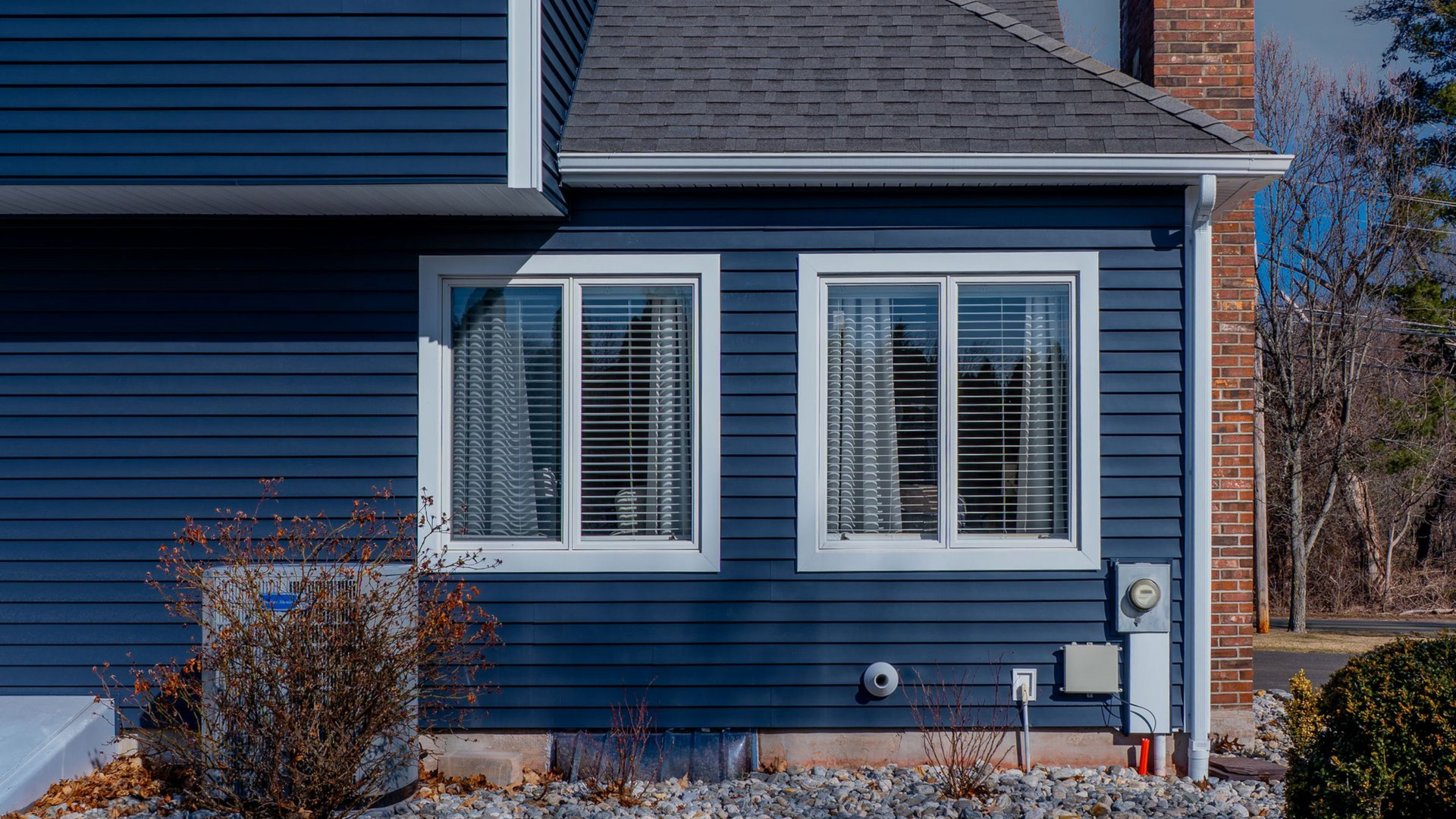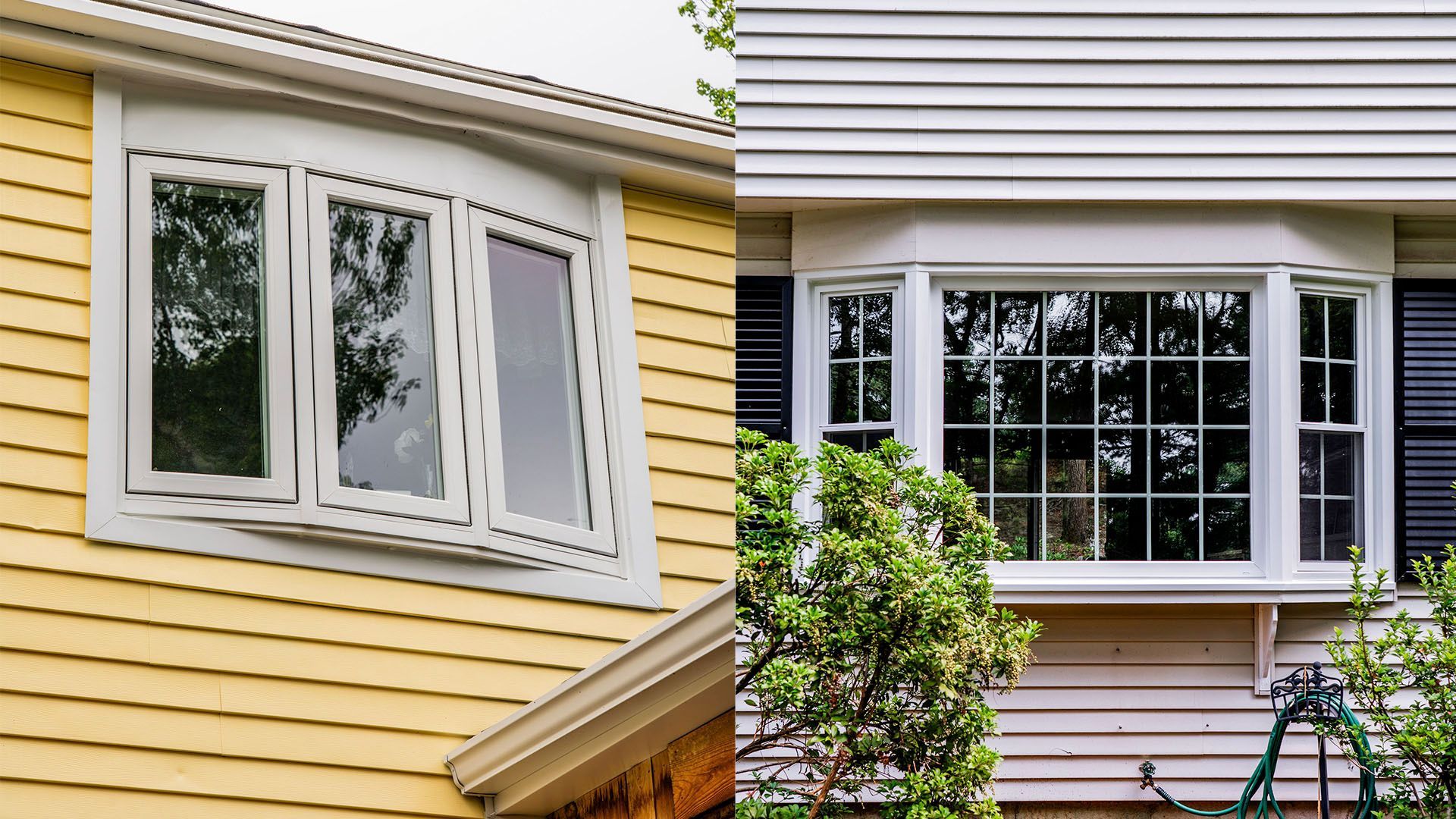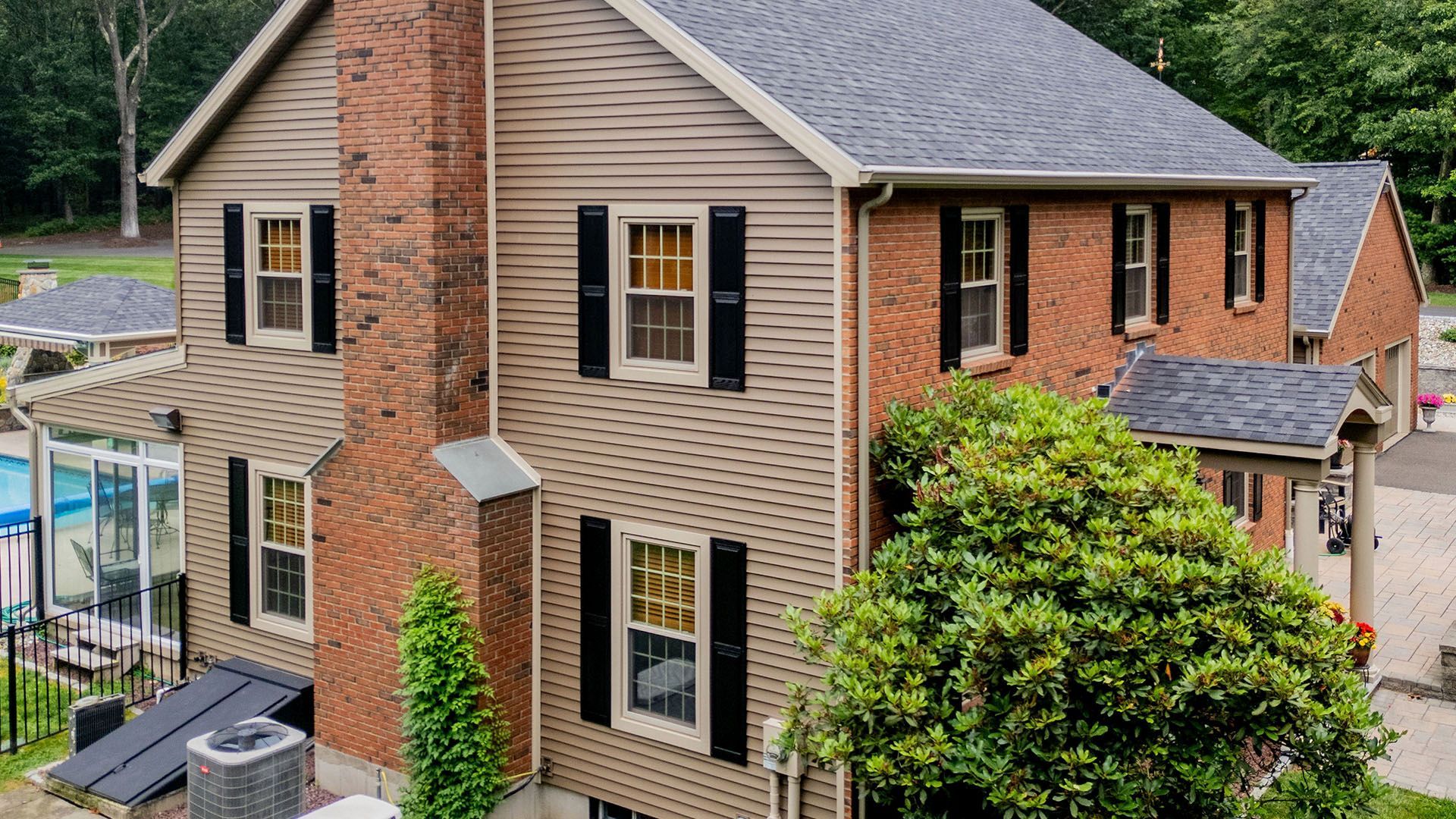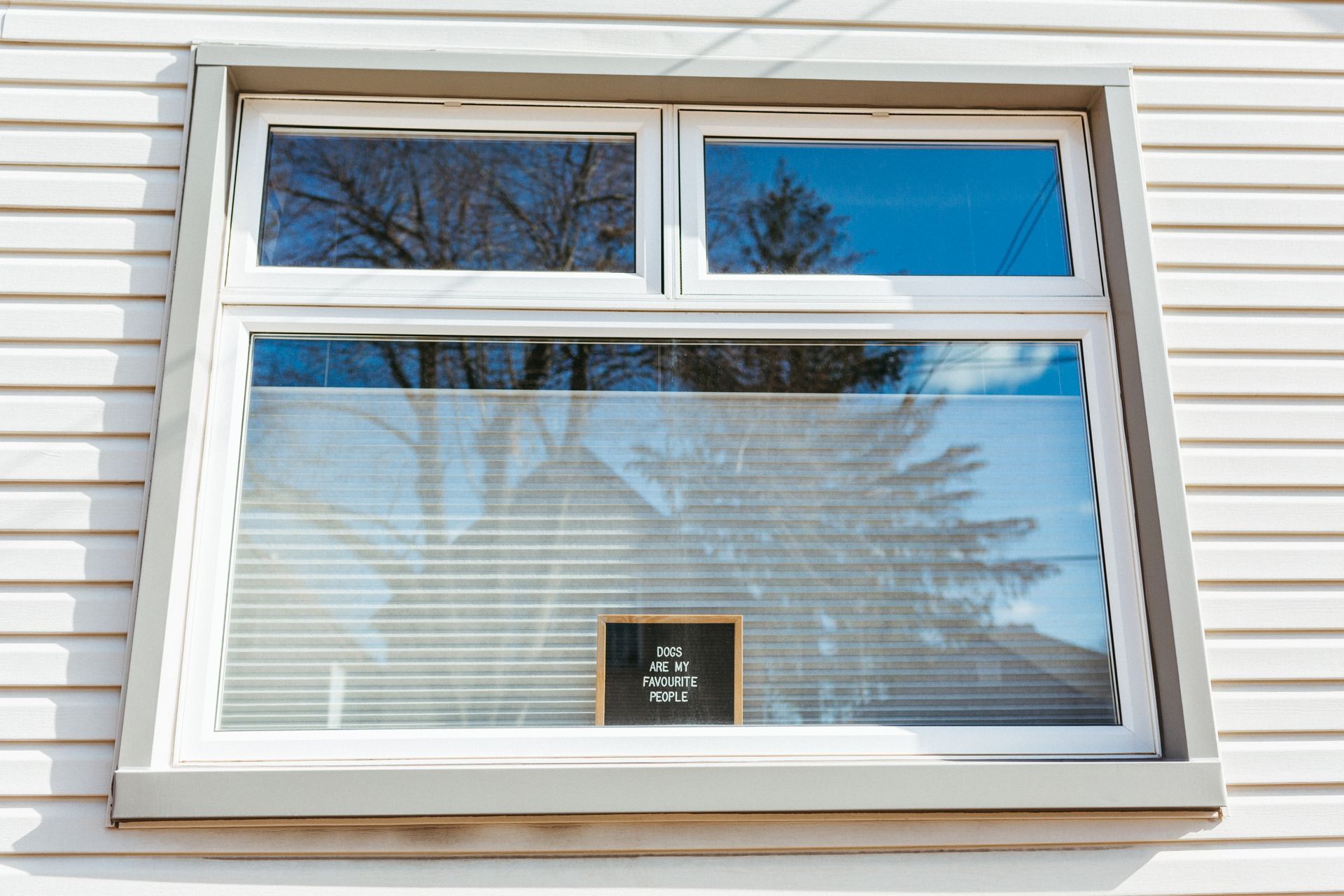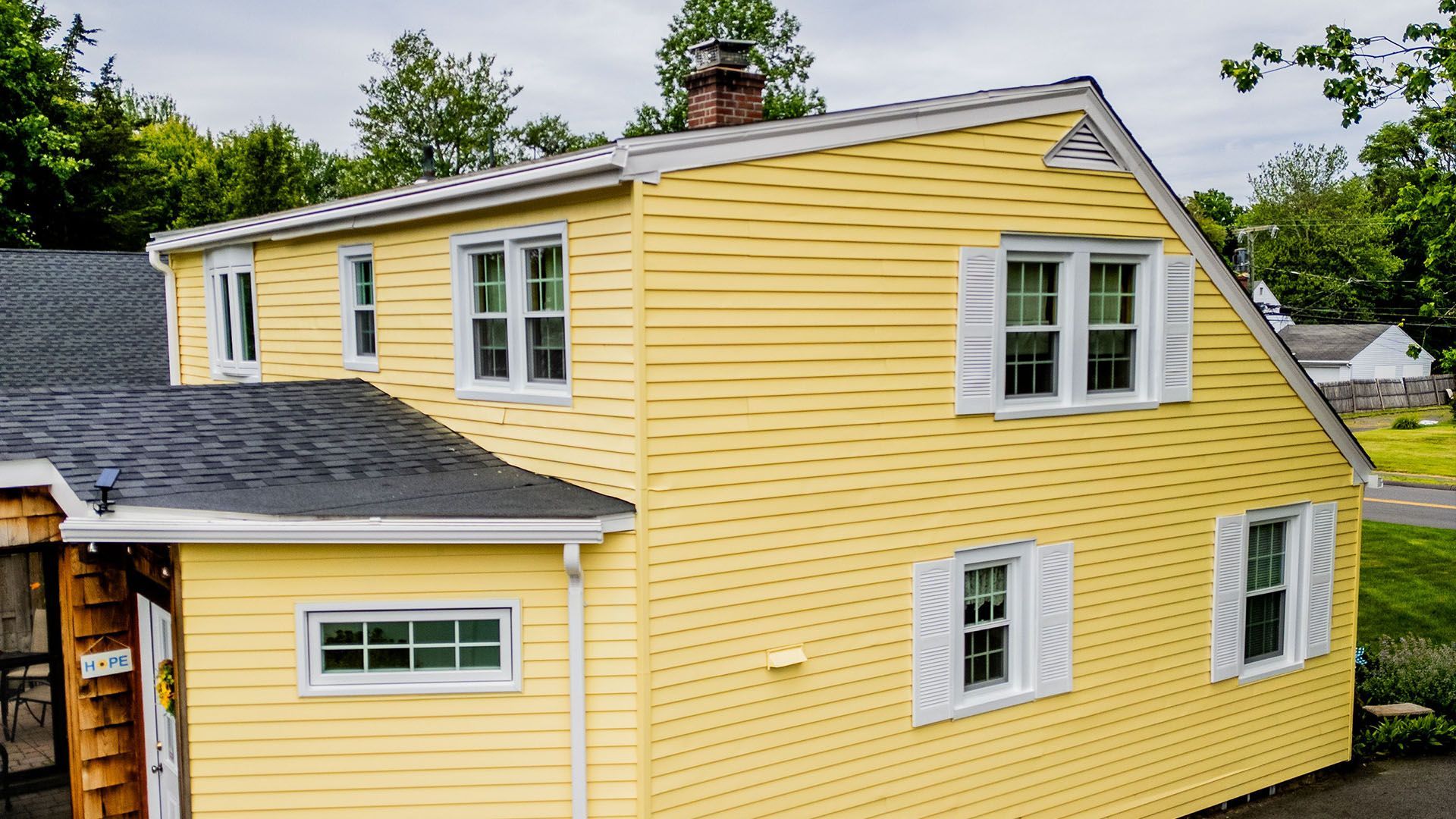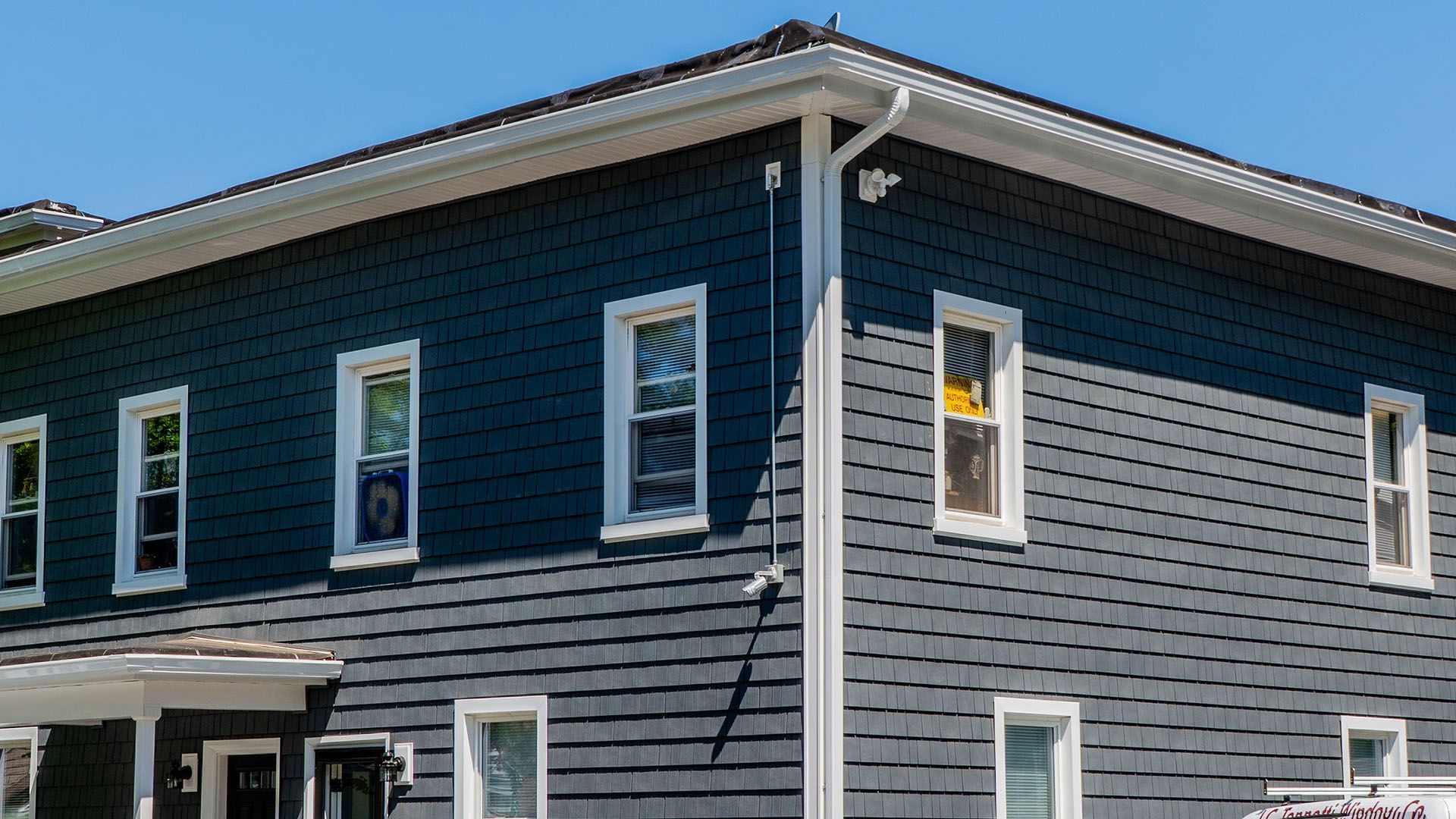Are Energy-Efficient Windows Tax Deductible? A Complete Guide

J.C. Tonnotti is a licensed window contractor with decades of hands-on installation experience in New England homes. Our teams work daily with ENERGY STAR®–rated products and help homeowners document their upgrades for tax season. We don’t sell on hype, our goal is to explain your options clearly, cite the current rules in plain language, and help you make a confident, well-documented choice.
Energy-efficient windows are not a tax deduction. They may qualify for a federal tax credit under the Energy Efficient Home Improvement Credit (often called “25C”). The credit is 30% of the cost of qualifying windows and skylights, capped at $600 per year, within a broader $1,200 annual limit for most building-envelope improvements. Below we explain what qualifies, how much you can save, the documentation you need, and how to claim it.
Understanding the Tax Incentives for Energy-Efficient Home Improvements
When people ask if windows are “tax deductible,” they often mean, “Can I lower my taxes because I bought efficient windows?” There are two ways tax rules can help:
- Tax deduction: Lowers your taxable income (you deduct an expense).
- Tax credit: Lowers your actual tax bill
dollar for dollar.
Windows fall under a tax credit, not a deduction. The relevant program is the Energy Efficient Home Improvement Credit. It encourages homeowners to upgrade older homes with products that reduce energy use like windows, skylights, exterior doors, insulation, and certain HVAC equipment.
Who it’s for: Generally, improvements to an existing primary residence in the U.S. (not new construction) qualify. Renters may qualify for certain upgrades to the home they live in; landlords typically don’t for these specific residential credits.
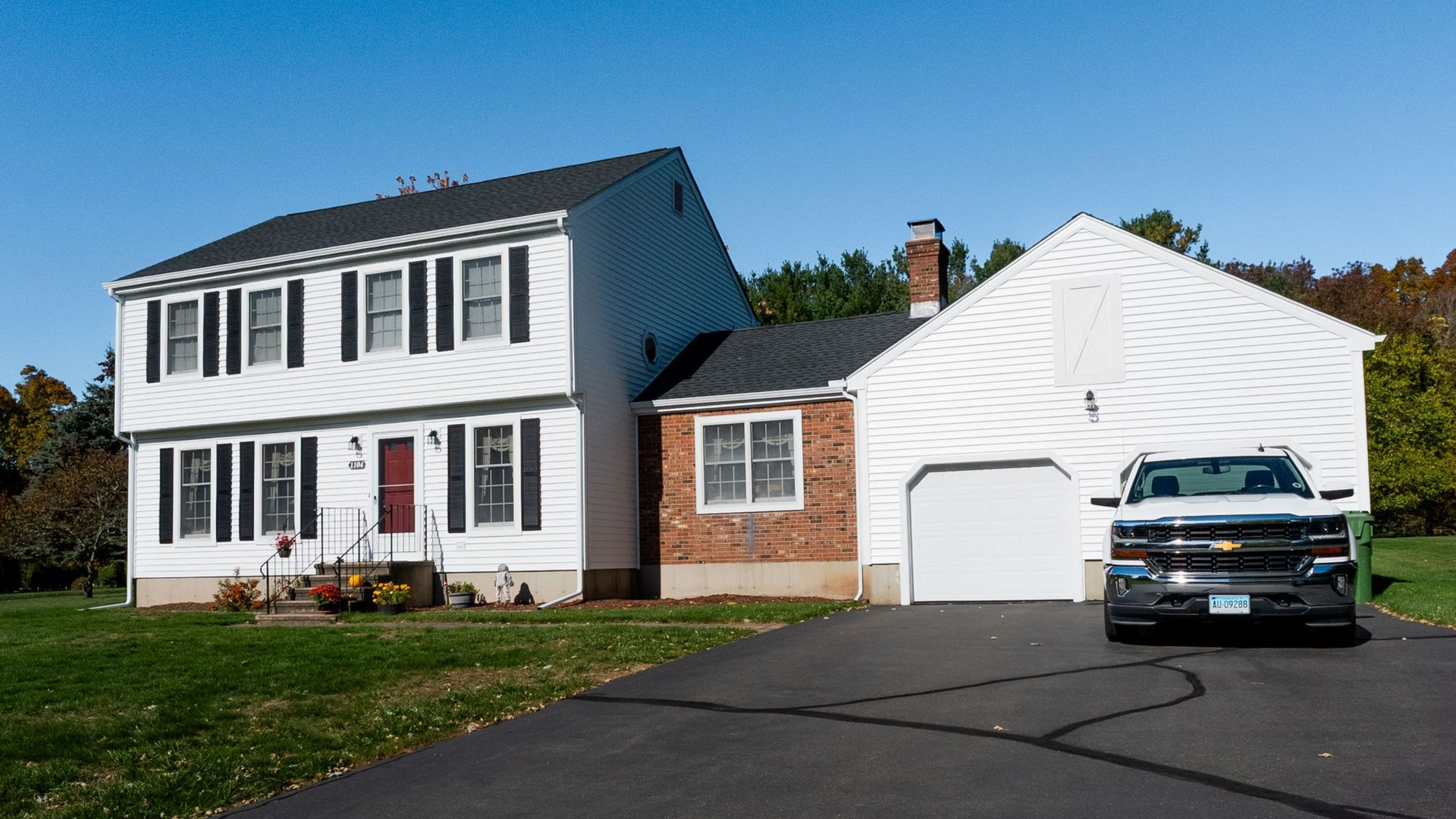
Do Energy-Efficient Windows Qualify for a Tax Credit?
Yes, exterior windows and skylights can qualify if they meet the program’s performance criteria. In simple terms, the product must be high-efficiency and properly rated for energy performance. Most homeowners will find qualifying options labeled with ENERGY STAR®. For current federal credits, windows and skylights commonly need to meet ENERGY STAR Most Efficient specifications (a stricter tier than standard ENERGY STAR). Your contractor or retailer should provide documentation showing the exact qualifying status.
Important boundaries:
- The credit applies to
materials only for windows and skylights (not labor), unless the program specifically permits otherwise for certain measures.
- The windows must be
installed in the qualifying year to claim that year’s credit.
- Keep all product labels, invoices, and manufacturer certification statements.
How Much Can You Save with the 2025 Energy Credit?
For tax years including 2025, here’s the simple math most homeowners need:
- Credit rate: 30% of the
product cost of qualifying windows and skylights.
- Annual window/skylight cap: Up to
$600 per year.
- Overall annual cap: Up to
$1,200 total for most building-envelope items (windows, skylights, doors, insulation, air sealing). Certain HVAC items can raise the overall annual limit, but windows still keep their $600 sub-limit.
Example: If you purchase $2,400 worth of qualifying windows in one year, 30% of $2,400 is $720. Because the windows sub-limit is $600, your credit is $600 for that year.
Planning tip: If you have a big project, you might split installations over two tax years to potentially claim the window credit twice (subject to the rules in each year), staying within the annual $600 cap each year.
Requirements Your Windows Must Meet to Qualify
To qualify, your windows or skylights need to hit specific thermal performance benchmarks and be installed in an eligible home. Here’s how to check:
- Look for the ENERGY STAR label. For federal credits, focus on models that meet the
ENERGY STAR Most Efficient criteria for your climate zone.
- Check the NFRC sticker. The National Fenestration Rating Council label shows the
U-factor (insulation) and
SHGC (solar heat gain). Lower U-factors mean better insulation; the right SHGC depends on your climate and sun exposure.
- Match to your climate. In colder regions, prioritize very low U-factors to reduce heat loss. In sunnier climates, choose SHGC ratings that limit unwanted heat gain.
- Use qualifying product documentation. Ask for the
Manufacturer’s Certification Statement indicating eligibility for the federal credit. Keep it with your receipts.
- Use on existing homes. These credits are intended for
existing primary residences, not new construction.
- Installation timing. The product must be
placed in service (installed) within the tax year you claim the credit.
Pro tip: Work with a contractor who routinely installs qualifying products and provides a completion invoice that clearly separates product costs from labor. This makes your tax documentation simple and clean.
How to Claim the Tax Credit on Your Return
Claiming is straightforward if you keep your paperwork organized.
- Save your proof. Keep the
itemized invoice,
proof of payment,
NFRC/ENERGY STAR labels (or photos), and the
Manufacturer’s Certification Statement.
- Use IRS Form 5695. This is the residential energy credits form you’ll complete with your return. Windows and skylights fall under the Energy Efficient Home Improvement Credit section.
- Enter your eligible costs. You’ll enter the qualifying
product cost (not labor) and the form will calculate your credit, subject to the $600 window cap and the $1,200 annual cap.
- Attach to your 1040. The credit from Form 5695 flows to your main tax form.
- File or e-file. Most tax software walks you through these steps; a tax pro can do it quickly if you provide the documents.
Keep records for at least as long as you’d keep any other tax documents, generally three years, in case questions come up.
Energy Efficiency Comparison
Storm vs. older single-pane windows: Adding high-quality storm windows to leaky, single-pane windows can boost comfort and cut drafts. But in many cases, full replacement with efficient double- or triple-pane windows delivers the greatest long-term energy savings and comfort improvements.
Modern efficient windows: Today's high-performance frames, warm-edge spacers, low-E coatings, and gas fills (like argon) help reduce heat loss in winter and keep heat out in summer. The result is more stable indoor temperatures, less HVAC runtimes, and lower energy bills.
Noise and comfort: Efficient windows not only save energy, they also reduce street noise, drafts, and condensation, improving overall comfort.
Cost and Installation Differences
Upfront costs:
- Efficient replacement windows: Higher upfront cost, but they replace the entire unit, frame and sash, solving long-standing air-leak issues and improving function.
- Storm windows: Lower cost, installed over existing windows. Good for budget-minded upgrades or historic homes where full replacement may not be preferred.
Labor vs. materials: For the federal credit on windows and skylights, you’ll typically claim product costs only. Your contractor should classify costs clearly on the invoice.
Value over time: Replacement windows can raise home value, improve operation and security, and reduce maintenance. Storm windows can be a solid interim step if your existing units are in good shape but drafty.
Pros and Cons of Storm Windows
Pros:
- Lower cost than full replacement
- Faster installation, minimal disruption
- Good boost to comfort and draft control on older windows
- Can preserve original window character in historic homes
Cons:
- Doesn’t fix deep frame or sash issues
- May add maintenance or seasonal handling
- Energy performance gains can be smaller than full replacement
Pros and Cons of Regular (Replacement) Windows
Pros:
- Strong improvement in
energy performance,
air sealing, and
operation
- Variety of styles and finishes to match your home
- Long warranties and low maintenance
- Can improve resale value
Cons:
- Higher upfront cost
- Requires careful installation to maximize performance
- Project timelines can be longer than storm-window add-ons
Other Home Upgrades That May Qualify for Additional Credits
If you're planning a broader efficiency project, these items may also earn credits (subject to their own limits and requirements):
- Exterior doors
(ENERGY STAR certified)
- Insulation and air sealing (materials like batts, blown-in, spray foam, air-sealing products)
- HVAC (heat pumps, high-efficiency furnaces, boilers, central AC, some have higher caps than the envelope items)
- Electrical upgrades that enable efficient systems
Strategy tip: Because the program uses annual caps, you can phase improvements over multiple tax years, windows one year, insulation and doors the next, HVAC upgrades later to potentially maximize total credits.
Final Thoughts on Tax Credits for Window Replacements
If you’re weighing new windows mainly for energy savings and comfort and you’re upgrading an existing primary residence, the Energy Efficient Home Improvement Credit can meaningfully reduce your tax bill. Remember:
- It’s a
credit, not a deduction.
- The key number for windows and skylights is
30% of product cost, up to $600 per year.
- Choose products that meet
ENERGY STAR Most Efficient criteria and keep your
manufacturer certification and
itemized receipts.
- Use
Form 5695 at tax time and keep your records.
When in doubt, ask your installer to confirm eligibility and talk with your tax preparer to ensure you claim everything you qualify for.
Get Qualified Window Recommendations and Paperwork Support
Ready to upgrade?
Our team will evaluate your home, recommend qualifying ENERGY STAR Most Efficient
window options
for your climate, and provide the documentation you need for your tax credit. We handle the details, from product selection to clean installation, so you get comfort, lower energy use, and a simpler tax-time experience.
Request your in-home assessment today.
Frequently asked questions
Can I claim the window tax credit if I install them myself?
Yes, as long as the windows meet ENERGY STAR Most Efficient criteria and are installed in your primary residence during the tax year you're claiming. The credit covers qualifying product costs regardless of who does the installation. Just make sure you keep all manufacturer documentation and receipts showing the windows meet federal requirements.
Do I need to choose between the window credit and credits for other home improvements?
No, you can claim multiple energy efficiency credits in the same year, but you're subject to the overall annual cap of $1,200 for building-envelope items. Windows and skylights have their own $600 sub-limit within that total. If you also install qualifying doors or insulation in the same year, you can claim up to the $1,200 combined limit. HVAC equipment may have separate, higher caps.
What happens if my windows cost more than $2,000?
You'll still be capped at the $600 maximum credit for windows and skylights in a single tax year. For example, if you spend $3,000 on qualifying windows, 30% would be $900, but the credit maxes out at $600. Consider splitting a large project across two tax years if feasible—you could potentially claim $600 in year one and $600 in year two, subject to each year's rules.
How do I prove my windows qualify if I'm audited?
Keep your itemized invoice showing the product cost, the manufacturer's certification statement confirming the windows meet federal energy efficiency standards, and photos or copies of the NFRC and ENERGY STAR labels. Store these documents with your tax records for at least three years. Most audits simply require showing that your windows met the published criteria at the time of purchase.
Can I claim the credit for windows installed in a rental property I own?
No, the Energy Efficient Home Improvement Credit applies only to your primary residence. Investment properties, rental units, and second homes don't qualify for this particular residential energy credit. The credit is designed specifically for homeowners improving the energy efficiency of the home they live in.
